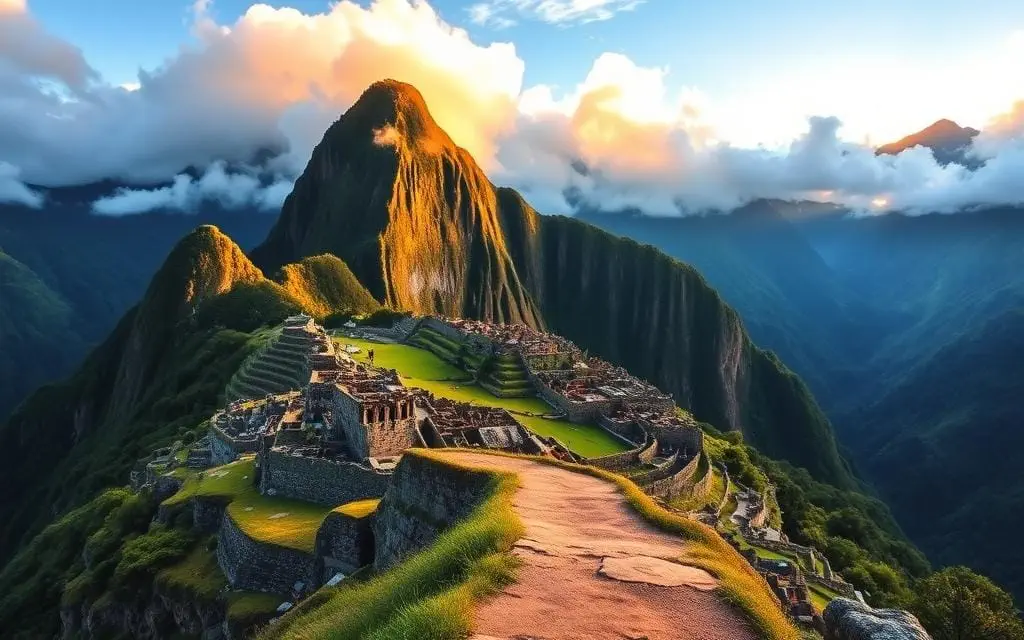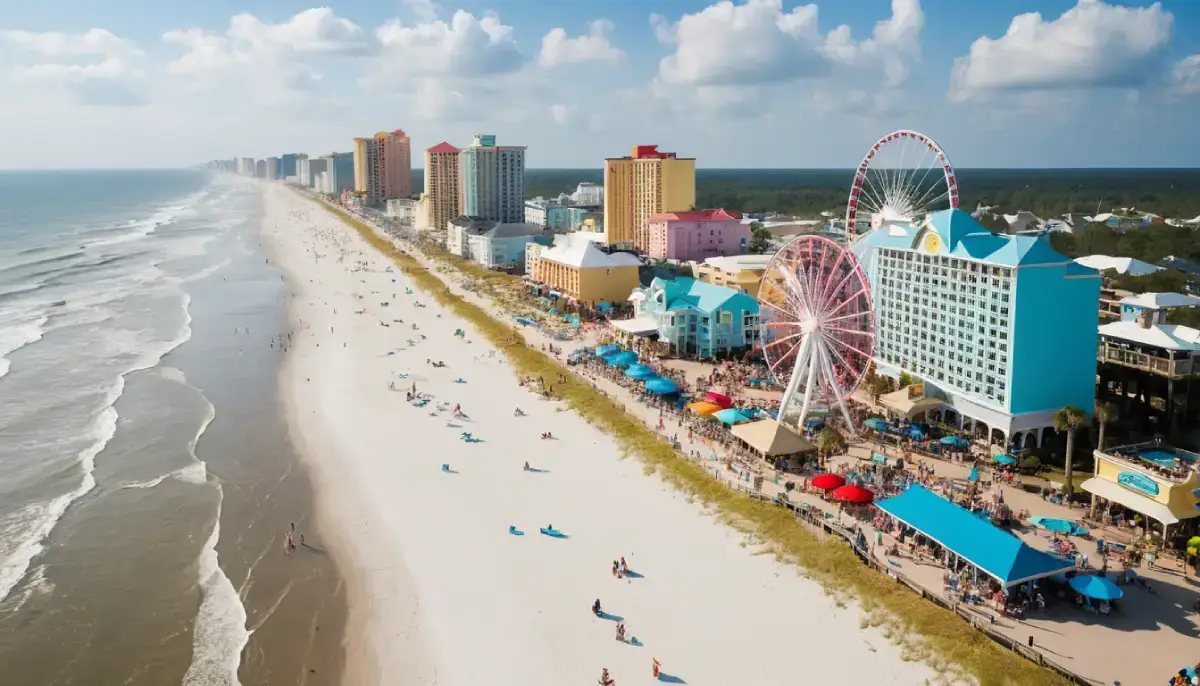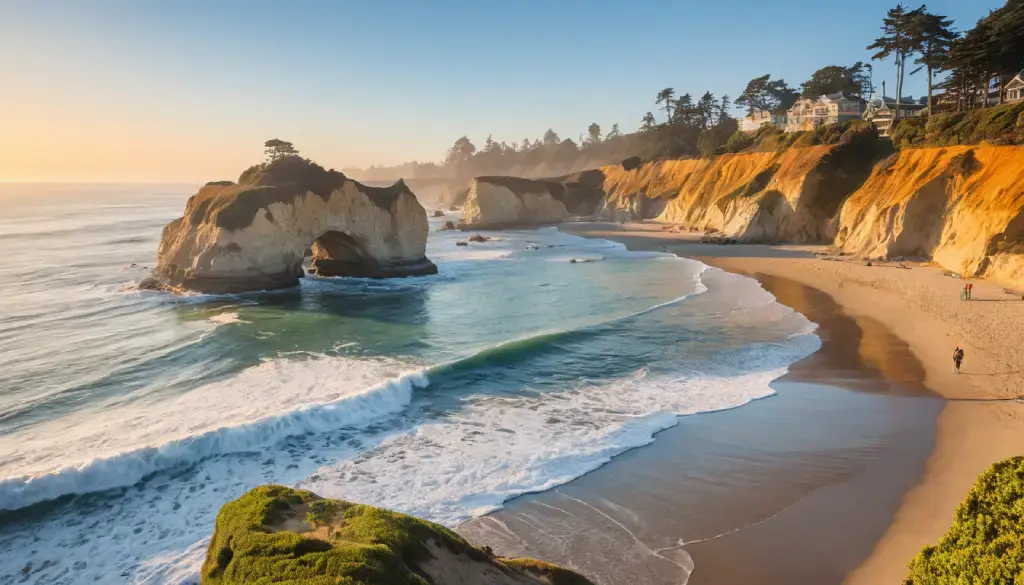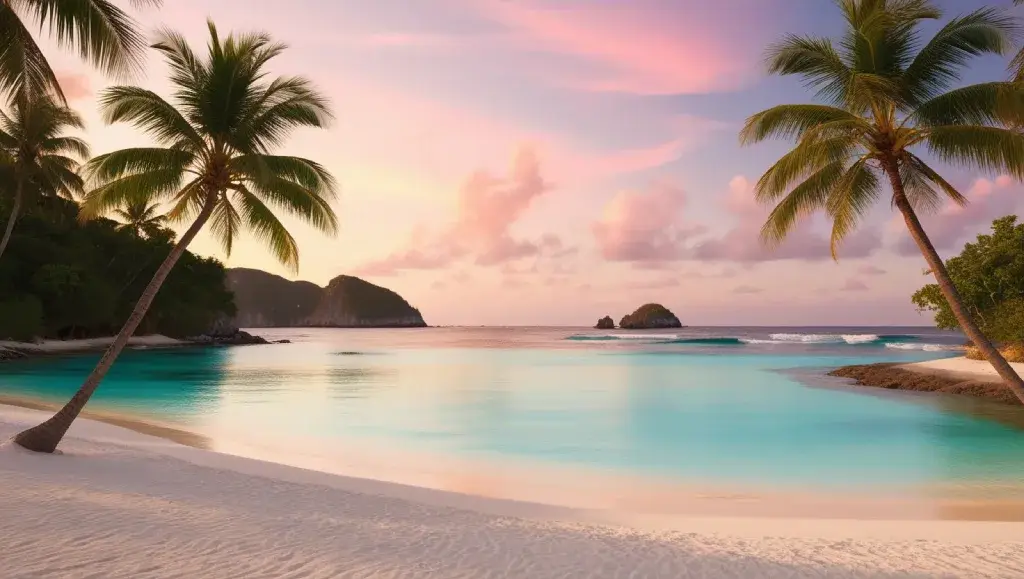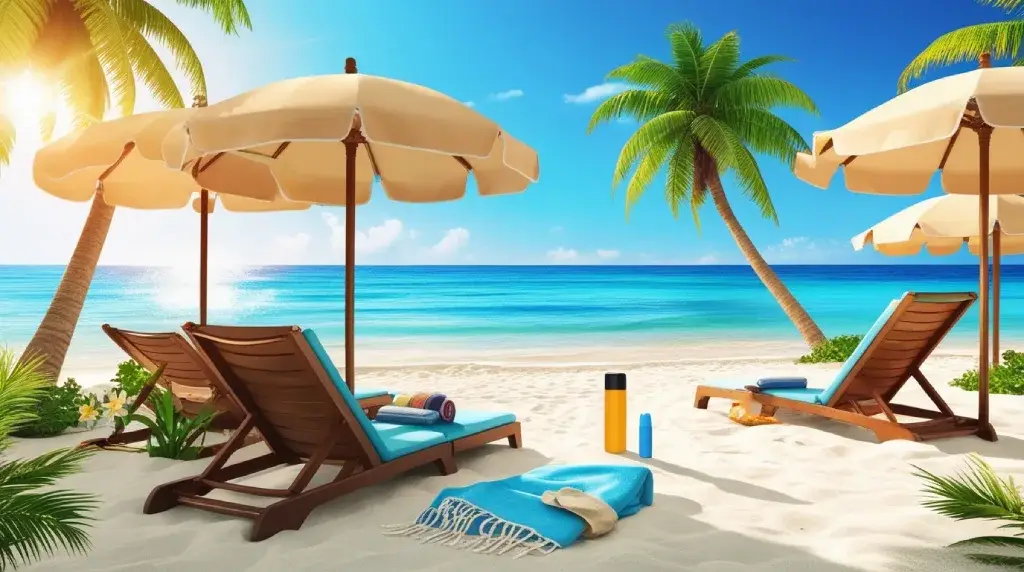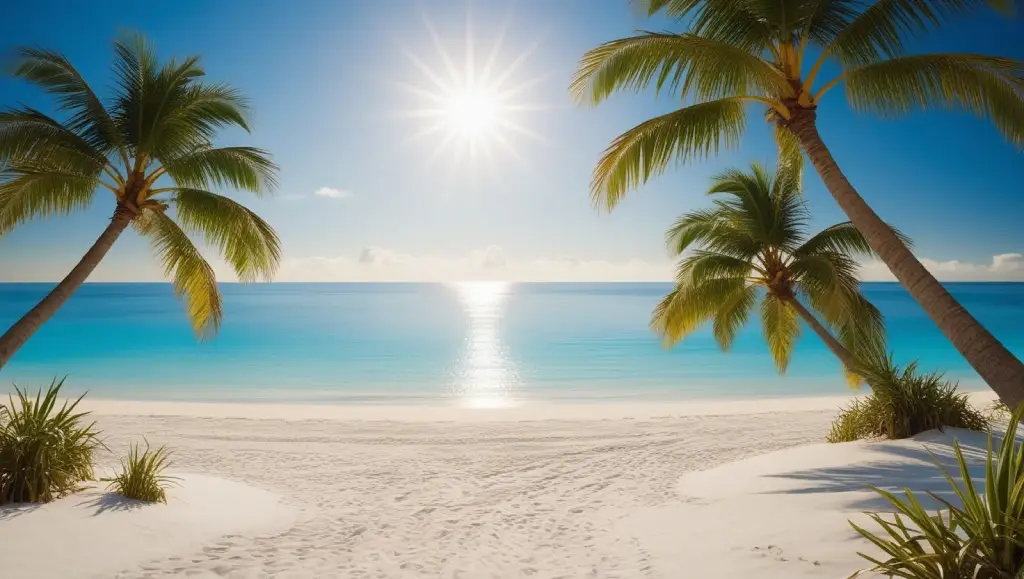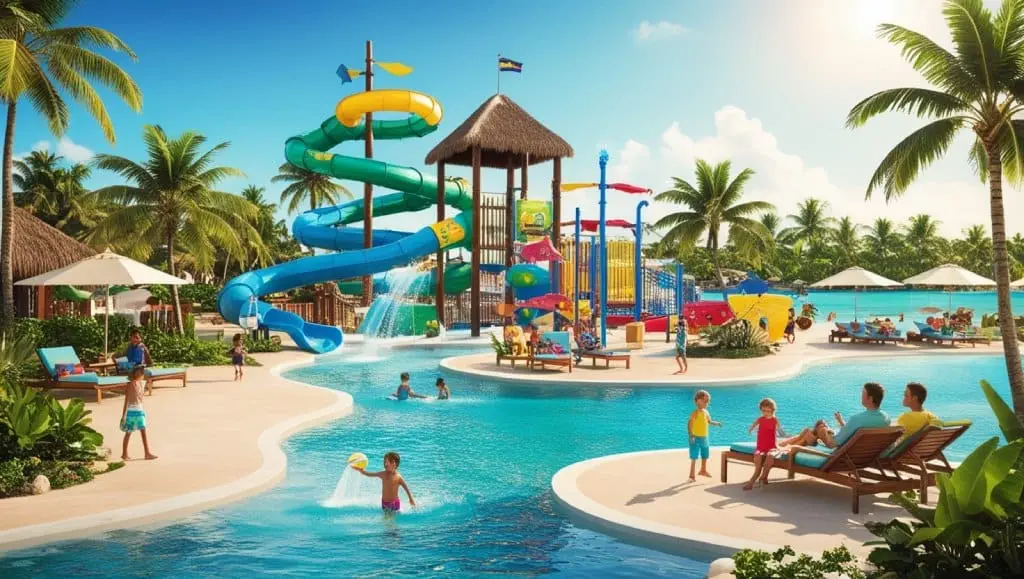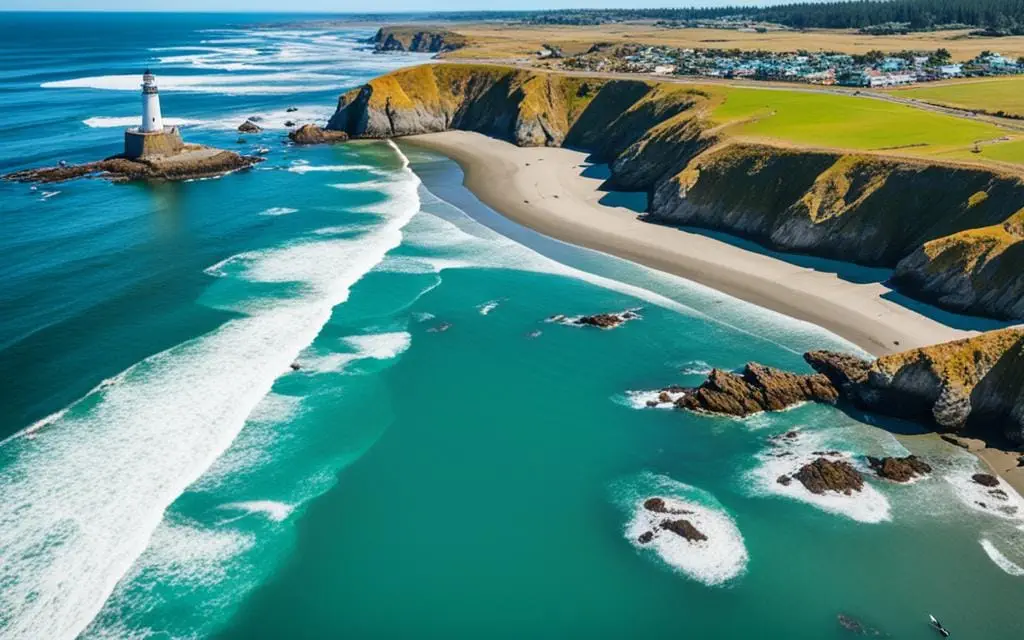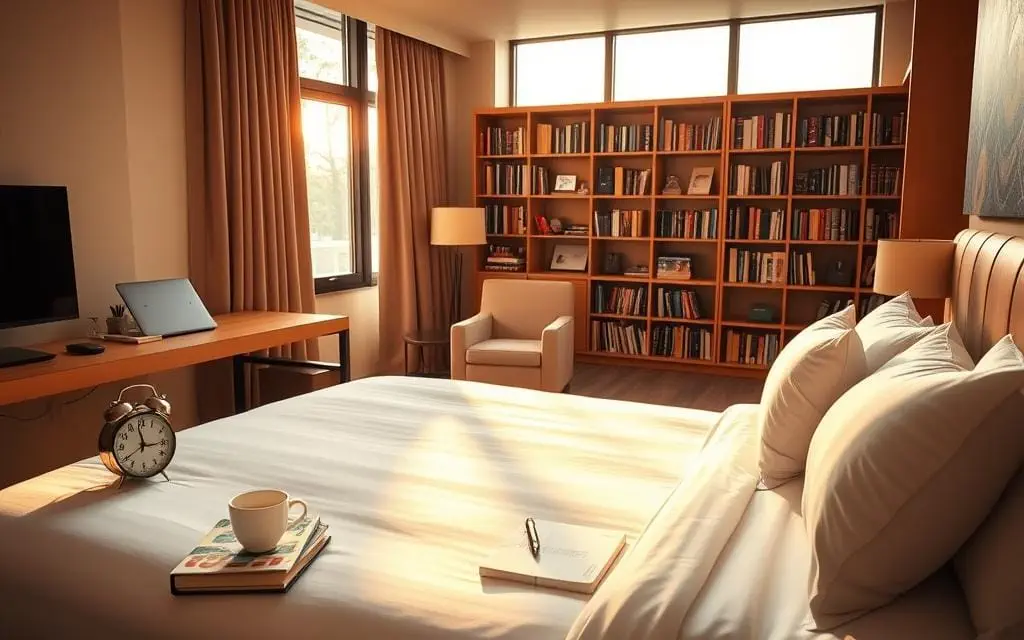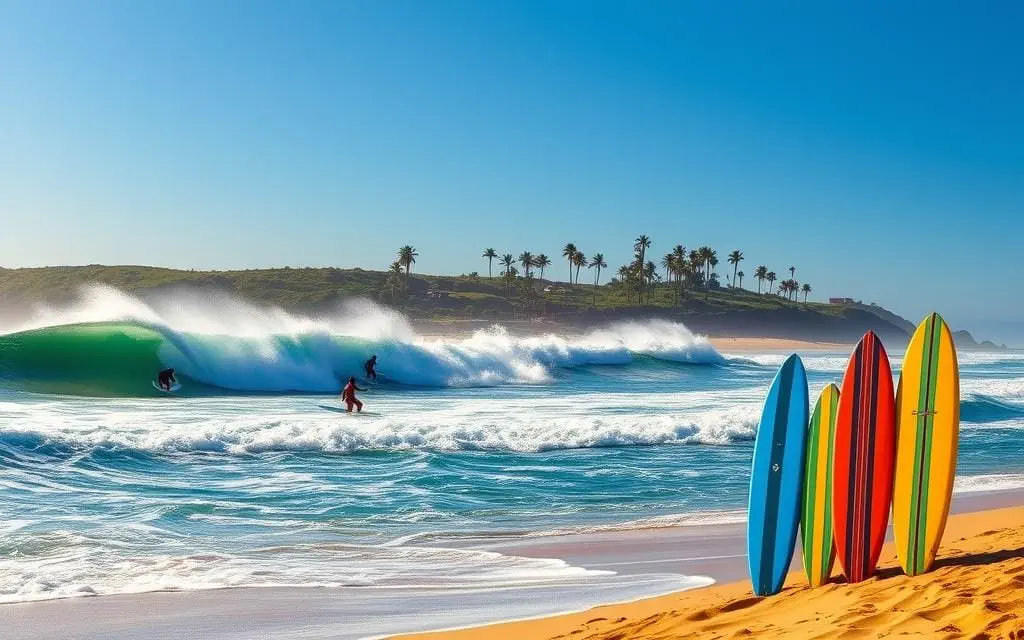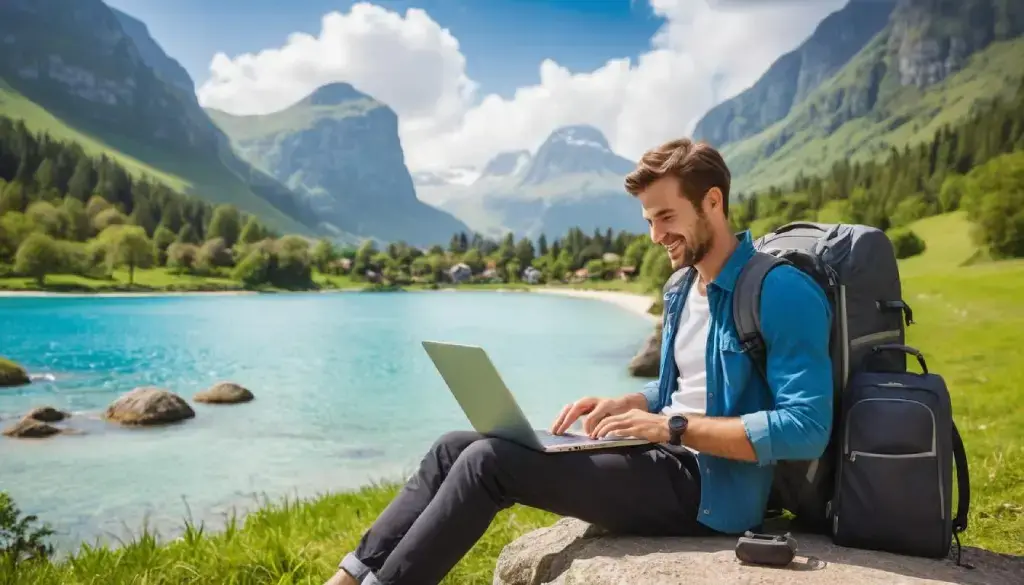Explore essential Machu Picchu travel tips for a smooth trip. From packing guides to ticket info, make your adventure unforgettable with expert advice!
Are you ready to explore one of the world’s most famous sites? Welcome to our Machu Picchu guide! We’ll help you with Inca trail advice and Peru travel planning tips. Knowing the best time to visit, how to get there, and what to bring is key for a great trip.
Machu Picchu is more than a place; it’s a symbol of preserving history and supporting eco-tourism. Let’s get into all you need to know for a memorable visit to this incredible Inca site.
Table of Contents
ToggleBest Time to Visit Machu Picchu
Deciding when to visit Machu Picchu is key to a great trip. It depends on how many people you want to see, the weather, and your personal preferences. You can choose between the busy peak season or the quieter off-season in Peru.
Peak Tourist Season
The peak season at Machu Picchu is from June to August. This time, many tourists come, making places crowded and prices high. But, the weather is perfect, with clear skies and little rain. So, while it’s busy, the views are stunning.
Weather Considerations
The weather is important when planning your Machu Picchu visit. The area has a wet and dry season. The dry season, from May to September, is the best for seeing the ruins. On the other hand, the wet season, from November to March, has more rain but fewer visitors.
Off-Season Benefits
Traveling during the off-season in Peru has its perks. From November to March, you’ll see fewer people, making your visit more personal. Plus, it’s cheaper, with lower prices for flights and hotels. The rain might be more, but the greenery and fewer crowds are worth it.
How to Get to Machu Picchu
Planning a trip to Machu Picchu offers two main choices: a scenic train ride or the adventurous Inca Trail trek. Each option has its own unique experiences and preparation needs.
Traveling by Train
The train is a popular and easy way to get to Machu Picchu. We can pick from services like PeruRail and Inca Rail, offering different comfort levels. It’s smart to book tickets early, as it gets busy during peak times.
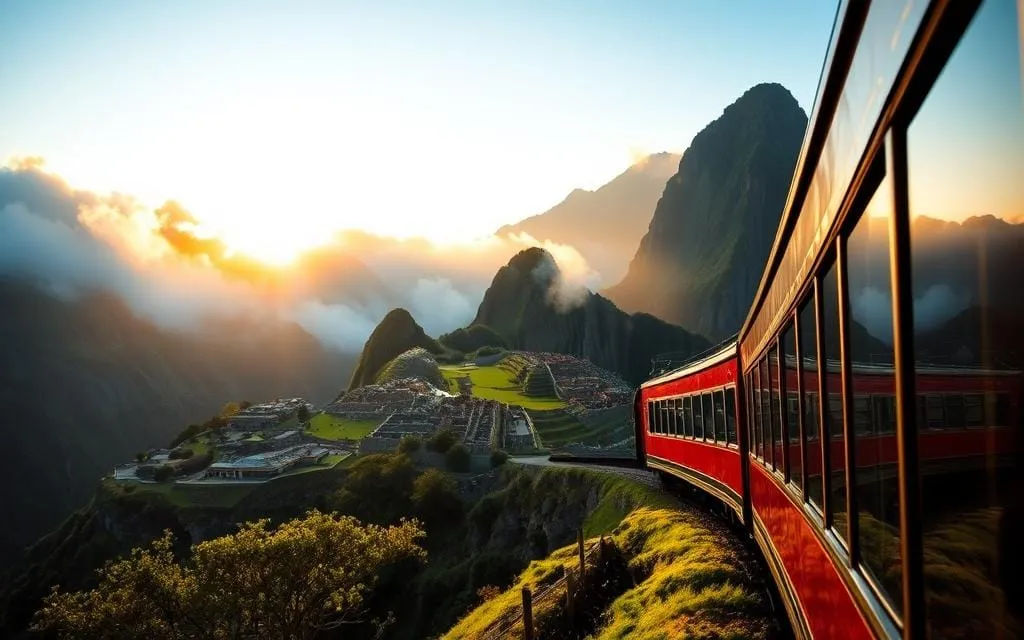
The train ride is comfy, with big windows and snacks. It’s a great way to see the Andean views while saving energy for Machu Picchu.
The Inca Trail Trek
The Inca Trail trek offers a deep, challenging experience. It’s about 26 miles over four days, with steep paths.
Booking early is key, as spots are limited. Good preparation, like acclimatizing and packing right, makes a big difference. Experienced guides can also help a lot.
The trek’s rewards are amazing. Seeing Machu Picchu at sunrise from the Sun Gate is unforgettable. Both the train and the Inca Trail promise a memorable journey through Peru’s beauty.
Entry Tickets and Fees
Knowing about Machu Picchu’s admission rules is key for a great visit. There are different Inca site tickets for various needs. Whether you want to see the whole site or just parts of it.
Tickets for Machu Picchu come in different types with their own prices. You can get general entry, Mountain tickets for Huayna Picchu or Machu Picchu Mountain, or combined tickets for the Machu Picchu Museum. Prices change based on the package and if you’re local or international.
Here’s a look at the ticket options:
| Ticket Type | Description | Approximate Cost (USD) |
|---|---|---|
| General Entry | Access to the main site of Machu Picchu. | $47 (foreign adults) |
| Huayna Picchu | Includes access to the main site and Huayna Picchu mountain hike. | $77 (foreign adults) |
| Machu Picchu Mountain | Includes access to the main site and Machu Picchu Mountain hike. | $77 (foreign adults) |
| Museum Package | General entry plus Machu Picchu Museum and Manuel Chavez Ballon Site Museum visits. | $57 (foreign adults) |
It’s smart to buy Inca site tickets early because there’s a limit on daily entries. This way, you can pick your visit date. Remember to also plan for Peru travel costs, like getting there and where to stay, when you visit this famous place.
Accommodation Options Near Machu Picchu
Choosing the right place to stay near Machu Picchu is key for a great trip. You can pick from fancy hotels, affordable hostels, or eco-friendly campsites. There’s something for everyone.
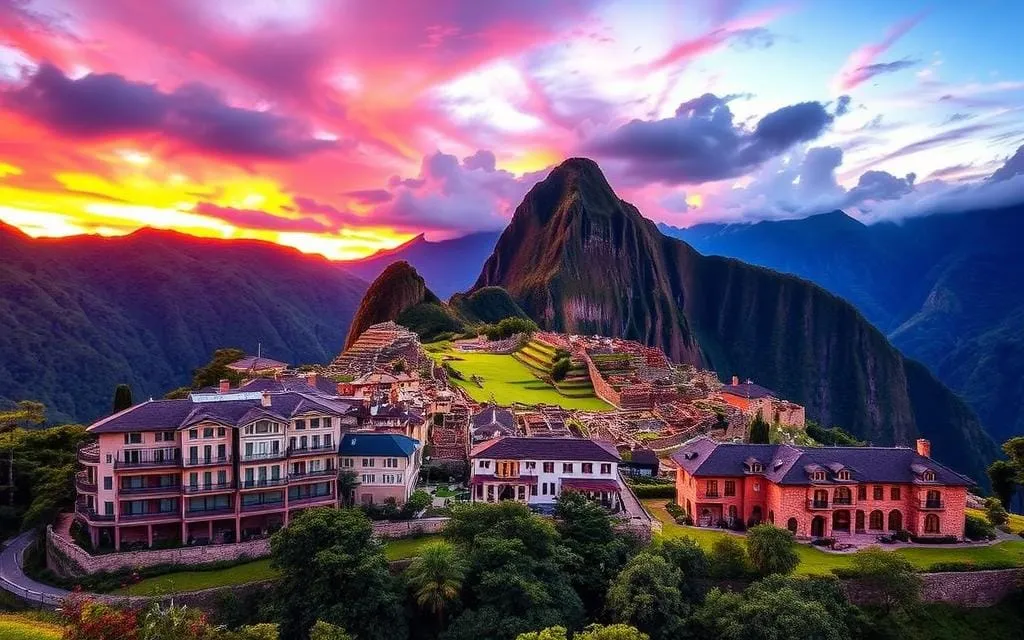
Luxury Hotels
If you want to splurge, Machu Picchu has many luxury hotels. They offer top-notch amenities and stunning views of the Andes. The Belmond Sanctuary Lodge, for example, is close to the ancient site and offers a unique experience.
- Belmond Sanctuary Lodge
- Inkaterra Machu Picchu Pueblo Hotel
- Sumaq Machu Picchu Hotel
Budget Hostels
For those on a tight budget, Peru has many hostels. These places are great for backpackers and young travelers. They offer simple but cozy rooms near Machu Picchu.
- Supertramp Hostel
- El MaPi by Inkaterra
- Varayoc Bed & Breakfast
Campsites
For the bold, camping near Machu Picchu is an adventure. There are campsites along the Inca Trail. They let you dive into the natural beauty and peaceful atmosphere.
- Wayllabamba Camp
- Phuyupatamarca Camp
- Wiñay Wayna Camp
| Accommodation Type | Example | Amenities |
|---|---|---|
| Luxury Hotels | Belmond Sanctuary Lodge | Gourmet dining, spa services, proximity to Machu Picchu |
| Budget Hostels | Supertramp Hostel | Free Wi-Fi, communal kitchen, recreational activities |
| Campsites | Wayllabamba Camp | Guided tours, basic facilities, scenic views |
What to Pack for Your Trip
Planning a trip to Machu Picchu means packing smart. You want to be comfortable, safe, and ready for anything. Here’s a list of must-haves for your Machu Picchu adventure.
Essential Gear
Start with the basics. A strong daypack is perfect for carrying your stuff around. Good hiking boots are a must for the rough trails. Also, bring a refillable water bottle with a filter to stay hydrated.
Clothing Tips
Be prepared for changing weather. Wear light, breathable clothes for comfort. A waterproof jacket is a good idea for unexpected rain. A hat, sunglasses, gloves, and a fleece will keep you protected.
Health and Safety Supplies
Keep yourself safe with the right health supplies. A first aid kit with bandages and pain relievers is essential. Water purification tablets are crucial in remote spots. Don’t forget insect repellent and sunscreen for your skin.
Navigating Machu Picchu: Tours and Guides
Visiting Machu Picchu can be a great adventure. Knowing your options for tours and guides can make it even better. You can choose between a professional guide or a self-guided tour, depending on what you prefer.
Hiring a Professional Guide
Professional tour guides in Peru can make your Machu Picchu visit unforgettable. They know a lot about the site’s history, culture, and secrets. They also help you see everything without getting lost.
These guides follow strict rules to keep your tour safe and fun. You can find good tour services on TripAdvisor and book them online. They also take care of getting you from one place to another.
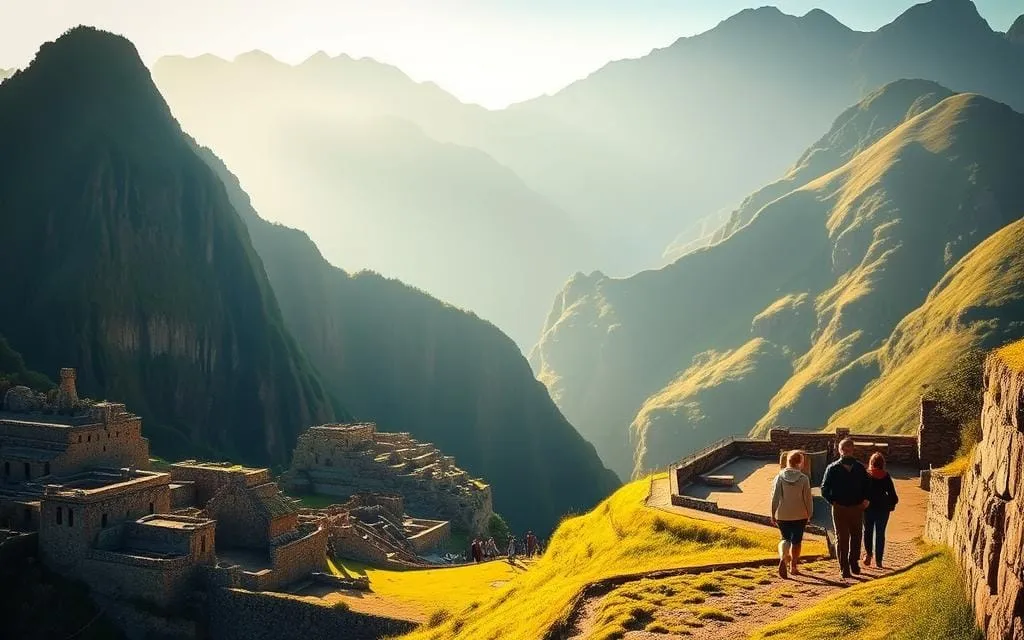
Self-Guided Tours
If you like exploring on your own, self-guided tours are perfect. You can plan your own route and spend more time on what interests you. This way, you can see things at your own pace.
But, you need to be well-prepared for a self-guided tour. Know the site’s layout and when it’s busiest. A good guidebook or app can help you understand the history and find your way. Don’t forget to bring water, snacks, and a first aid kit for a safe trip.
| Tour Type | Advantages | Considerations |
|---|---|---|
| Hiring a Professional Guide | In-depth knowledge, safety, ease of navigation | Higher cost, less flexibility |
| Self-Guided Tours | Flexible schedule, lower cost | Need thorough preparation, risk of missing key spots |
Understanding the History and Significance of Machu Picchu
Machu Picchu is a key part of Inca history. It sits high in the Andes Mountains of Peru. This place shows the Inca’s advanced engineering and city planning skills.
In 1911, American historian Hiram Bingham discovered Machu Picchu. Since then, it has become a symbol of Peru’s cultural heritage. It shows the Inca’s ability to build in tough terrain.
Machu Picchu is more than just a beautiful view. It links us to the Inca’s spiritual and daily life. The site has temples, terraces, and water channels. These show the Inca’s connection with nature and their smart farming methods.
Recently, efforts have been made to save Machu Picchu. These efforts aim to protect it from damage caused by time, weather, and tourists. They are crucial for keeping Machu Picchu a key part of Peru’s cultural heritage for the future.
Here’s a quick look at some key aspects of Machu Picchu through a detailed table:
| Aspect | Details |
|---|---|
| Discovery | Revealed to the world by Hiram Bingham in 1911 |
| Location | Andes Mountains, Peru |
| Significance | Symbol of Inca history and Peru cultural heritage |
| UNESCO Status | World Heritage Site since 1983 |
| Key Features | Temples, terraces, and water channels |
| Preservation | Ongoing efforts to maintain site integrity |
By exploring Machu Picchu’s history and significance, we gain a deeper understanding. It shows the greatness of the Inca civilization. And it helps preserve Peru’s rich cultural story for future generations.
Photography Tips for Capturing Machu Picchu
Machu Picchu is a paradise for photographers. With the right gear and techniques, we can capture its beauty. Here are some tips to make your Machu Picchu photos unforgettable.
Best Time for Photos
The best light for photos is in the early morning and late afternoon. The soft light enhances details. Plus, fewer people are around then, making it easier to find great spots.
Try to get there as soon as it opens. You’ll have the best chance to capture stunning images.
Camera Settings
Choosing the right camera settings is crucial. Use Aperture Priority mode to control the depth of field. Keep your ISO low to avoid noise.
A polarizing filter can also help. It makes colors richer and contrasts deeper, ideal for Machu Picchu.
Scenic Spots
Machu Picchu has many scenic spots perfect for photos. The Sun Gate, Caretaker’s Hut, and Huayna Picchu are must-sees. Experiment with different angles and perspectives.
Take wide shots to show the ruins’ vastness. Close-ups are great for detailed stonework. This way, you’ll capture the full beauty of Machu Picchu.
In summary, Machu Picchu is a photographer’s dream. Knowing the best times, camera settings, and spots will make your trip unforgettable. Follow these tips to enhance your Machu Picchu photography.
Preparing for Altitude Sickness
Visiting Machu Picchu is exciting, but the high altitude comes with risks. Knowing how to prepare for and manage altitude sickness is key. We’ll look at recognizing symptoms, prevention tips, and medication options.
Recognizing Symptoms
It’s important to know the signs of altitude sickness. Symptoms include headaches, nausea, dizziness, loss of appetite, and shortness of breath. Spotting these early can help prevent the condition from getting worse.
Prevention Tips
Preventing altitude sickness starts with acclimatization. Spend a few days in Cusco or the Sacred Valley before Machu Picchu. Drinking lots of water is also essential. Eat foods high in carbs and avoid alcohol or caffeine to help acclimatize.
Going up slowly and taking breaks can also help. These steps can lessen the effects of altitude.
Medication Options
In some cases, you might need altitude medication. Over-the-counter options like acetazolamide (Diamox) can help prevent and reduce symptoms. Always talk to a healthcare provider before taking any medication.
They can guide you on the right dosage and any possible side effects. If symptoms don’t go away or get worse, get medical help right away.
Unmissable Spots within Machu Picchu
Exploring Machu Picchu gives us a peek into the ancient Inca civilization’s grandeur. It’s filled with landmarks that tell a story of history and culture. Let’s explore some key sites that every visitor should see.
The Sun Gate
The Sun Gate, or Inti Punku, offers a breathtaking view. It’s the first sight of Machu Picchu for those on the Inca Trail. This landmark was a key entrance and played a big role in ancient rituals.
Watching the sunrise here is unforgettable. It’s a moment bathed in golden light, setting the stage for exploring the sanctuary.
The Temple of the Sun
The Temple of the Sun is a marvel of Inca engineering. It’s a sacred site with a semi-circular design on solid rock. It was dedicated to Inti, the Sun God.
These temples were key to religious ceremonies. The windows were aligned with the solstices. This showed their skill in astronomy.
The Room of Three Windows
The Room of Three Windows is a standout in Machu Picchu. It’s part of the Sacred Plaza and has three trapezoidal windows. These windows symbolize the underworld, heavens, and earth.
They reflect the Inca’s beliefs in the cosmos. These temples show the Inca’s deep spiritual connection with nature.
| Machu Picchu Landmarks | Highlights |
|---|---|
| The Sun Gate | First panoramic view of Machu Picchu, historical entrance point |
| The Temple of the Sun | Advanced engineering, astronomical alignments, sacred rituals |
| The Room of Three Windows | Trapezoidal windows, spiritual symbolism, part of the Sacred Plaza |
Conclusion
As we finish our Machu Picchu tour guide, let’s remember all we’ve learned. Knowing the best time to visit and how to get there is key. Also, understanding entry requirements and where to stay is important for a great trip.
By planning well and packing right, your trip will be smooth and fun. This ensures your Inca adventure is unforgettable.
Exploring Machu Picchu, with or without a guide, is amazing. You’ll see its beauty and history up close. Taking great photos and watching out for altitude sickness are part of the fun.
Don’t forget to see must-see places like the Temple of the Sun. This makes your trip complete.
Being a responsible tourist is crucial. Our actions help keep Machu Picchu safe for others to see. We hope these tips make your trip to Machu Picchu unforgettable. It will be a journey you’ll always remember.
Want more insider tips to perfect your journey? Visit traveloasisspot.com for trusted advice, destination guides, and everything you need for your travels!
FAQ
What is the best time to visit Machu Picchu?
The dry season, from April to October, is the best time to visit Machu Picchu. June to August is the peak tourist season. The weather is better, but it’s busier.
April, May, September, and October offer a good balance. You’ll find fewer people and still nice weather.
How can I get to Machu Picchu?
You can get to Machu Picchu by train from Cusco or Ollantaytambo to Aguas Calientes. Or, you can hike the Inca Trail. Each way offers a unique experience.
Train travel is quick and comfy. The Inca Trail lets you see Peru’s stunning landscapes up close.
Do I need a ticket to enter Machu Picchu?
Yes, you need a ticket to enter Machu Picchu. Buy your ticket online or from authorized sellers. It’s important to book in advance because visitor numbers are limited.
Tickets can also include access to Wayna Picchu or the Machu Picchu Museum for extra fees.
Where can I stay near Machu Picchu?
Near Machu Picchu, you’ll find many places to stay. There are luxury hotels, budget hostels, and eco-friendly campsites. Aguas Calientes, the closest town, has lots of options.
What should I pack for my trip to Machu Picchu?
Pack essential items like sturdy shoes, a daypack, and layered clothes for changing weather. Bring health and safety items like sunscreen, first aid, and water purification tablets.
Remember a hat and rain gear, as rain can happen anytime.
Should I hire a guide to explore Machu Picchu?
A professional guide can make your visit better by sharing history and ensuring you see everything. But, you can also explore on your own if you prefer.
Guides are available at the entrance or can be booked in advance through tour companies.
What is the historical significance of Machu Picchu?
Machu Picchu is a UNESCO World Heritage Site and a symbol of the Inca civilization. Built in the 15th century, it’s a marvel of architecture and engineering.
It gives insight into Inca history, culture, and their achievements in construction and agriculture.
What are some photography tips for Machu Picchu?
The best times for photos are early morning or late afternoon. The light is softer, and there are fewer people. Use camera settings for different light conditions.
Explore the site to find unique spots, like the Sun Gate or the terraces.
How can I prepare for altitude sickness?
To avoid altitude sickness, acclimate slowly by spending a few days in Cusco before visiting Machu Picchu. Stay hydrated, avoid alcohol, and eat carbs.
Medicines like acetazolamide can help, but talk to a doctor first.
What are some unmissable spots within Machu Picchu?
Don’t miss the Sun Gate for amazing views; the Temple of the Sun to see Inca astronomy skills; and the Room of Three Windows for its architecture.
These spots offer a deeper look into Machu Picchu’s history.

